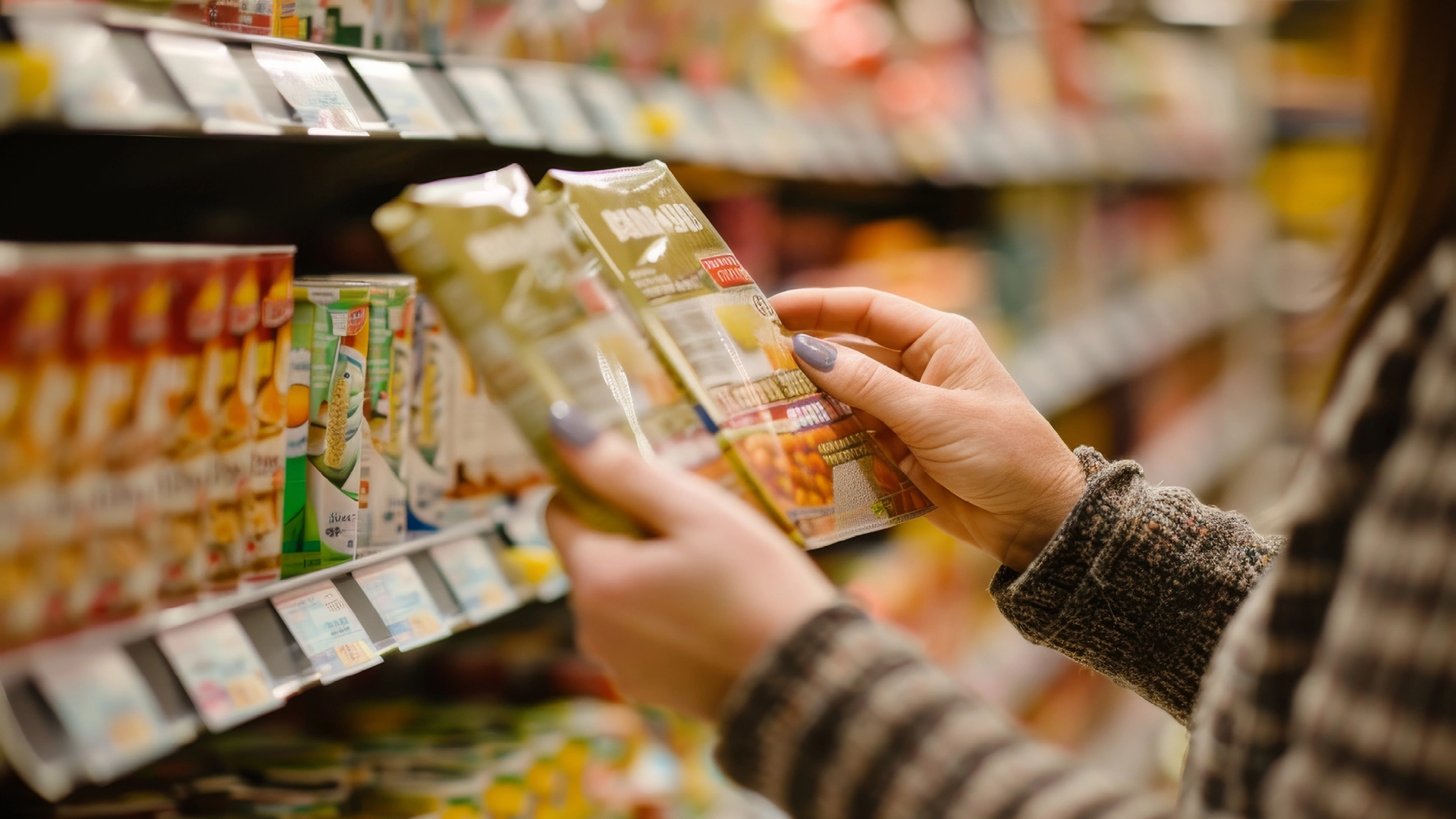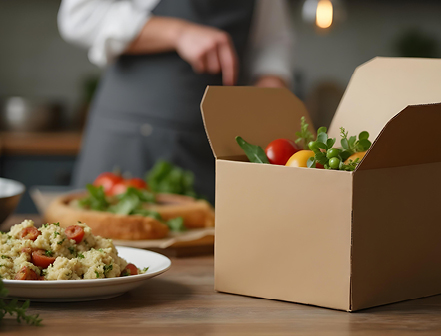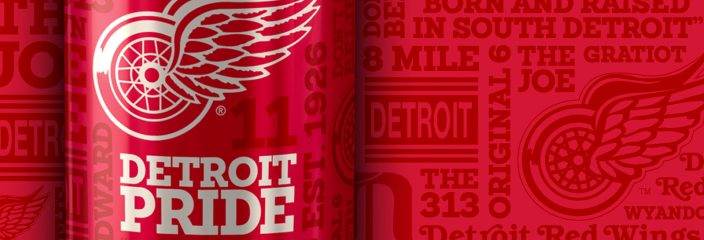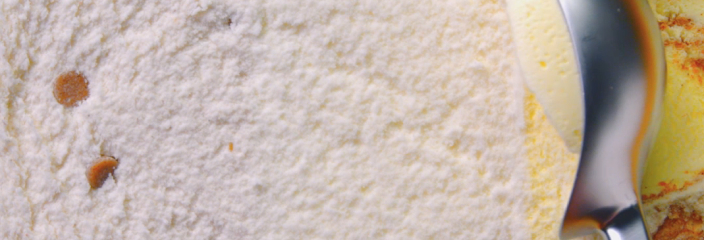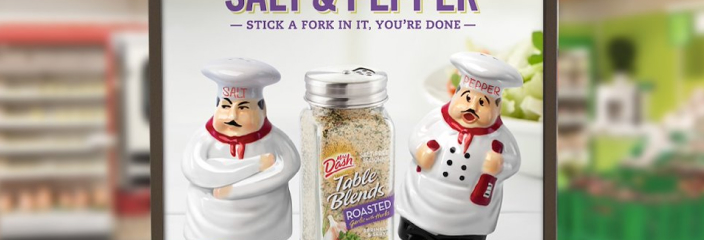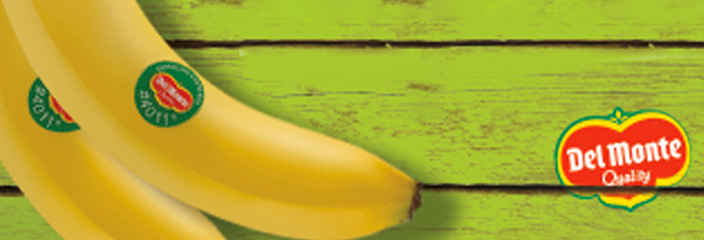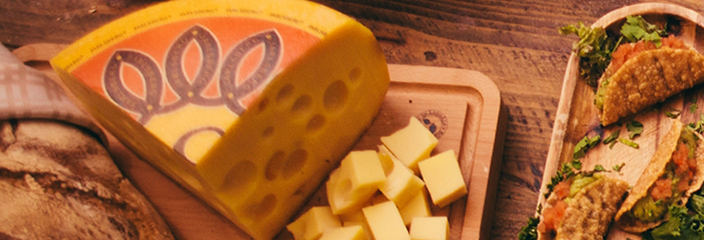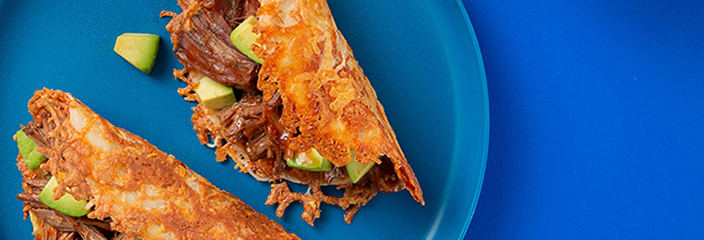For decades, the FDA had a definition of “healthy” that barely kept pace with science, let alone consumers. That’s changing…fast.
In an era of clean-label expectations and TikTok-fueled food trends, the FDA is tightening the screws on what qualifies as “healthy.” The agency is also targeting artificial dyes and outdated additives, shifting from passive regulation to proactive reform. Between looming label restrictions, new natural color approvals, and a wave of state-led bans, brands are feeling the heat. Either reformulate or risk being left behind.
GOODBYE LOOPHOLES, HELLO MEANINGFUL LABELS
The FDA’s redefinition of “healthy” aims to align labels with modern nutrition science. Foods high in added sugars, sodium, or saturated fat, like sweetened yogurts or cereals, may soon lose their “healthy” badge. Meanwhile, products like salmon, nuts, and olive oil, once excluded under old guidelines, could finally wear the label proudly.
But don’t expect a free-for-all. The update, delayed slightly due to a regulatory freeze, still requires food companies to comply by 2028. Reformulation won’t be cheap. The FDA estimates a $403 million industry-wide adjustment cost, with only about 5% of packaged foods currently meeting the new standard.
FROM SYNTHETIC TO SUSTAINABLE: THE COLOR CRACKDOWN
Artificial dyes are also on the chopping block. The FDA and Department of Health and Human Services are urging companies to phase out petroleum-based color additives by the end of 2026. Some dyes, like Red No. 3, are already being revoked. Others, including Yellow 5 and Red 40, are under pressure from both regulators and consumers.
While not a full ban (yet), the push is creating a tipping point. Some companies are reformulating proactively to stay ahead of the curve. Others are dragging their feet, citing supply chain issues, technical complexity, and a lack of clear replacements.
Still, momentum is building. Several states have passed or proposed bans, and major brands like PepsiCo and Tyson are accelerating the shift toward natural alternatives.
NATURE’S PALETTE IS EXPANDING
To help ease the transition, the FDA recently approved three new natural color additives (algae-based galdieria, butterfly pea flower, and calcium phosphate), broadening the range of usable hues in everything from beverages to candies.
But switching out synthetic dyes isn’t a one-to-one swap. Reformulation takes time, testing, and a lot of agricultural inputs. Some suppliers warn the timeline may be unrealistic without major supply chain overhauls.
Even so, natural color leaders like Oterra and Lycored see this as a breakout moment. Consumer demand is pushing clean-label design from fringe to front-and-center, and brands that lean into transparency stand to win.
SMARTER DATA, FASTER ADAPTATION
New platforms are stepping in to help brands stay ahead. AI-powered tools like Syndigo are helping companies scan ingredients, validate claims, and manage evolving compliance at scale. This isn’t just a tech upgrade, but it’s a necessity. The clean-label conversation has evolved from “nice to have” to “must do or miss out.”
And what consumers want has evolved, too. It’s no longer just about what’s missing. It’s about what’s there, why it’s there, and whether they can trust it.
QUENCH’S TAKE
The FDA isn’t just policing labels, but it’s reframing them. With new definitions, new approvals, and new enforcement tactics, food regulation is entering a transformative era. For brands, that means more than reformulation. It’s a storytelling shift. One that rewards transparency, data-backed decisions, and a proactive stance on consumer trust. The brands that move first, and message it well, won’t just meet the moment. They’ll shape what “healthy” means next.
In a similar vein, RFK Jr. and the End of Artificial Dyes is Reshaping the Aisle.” Read about it here.
